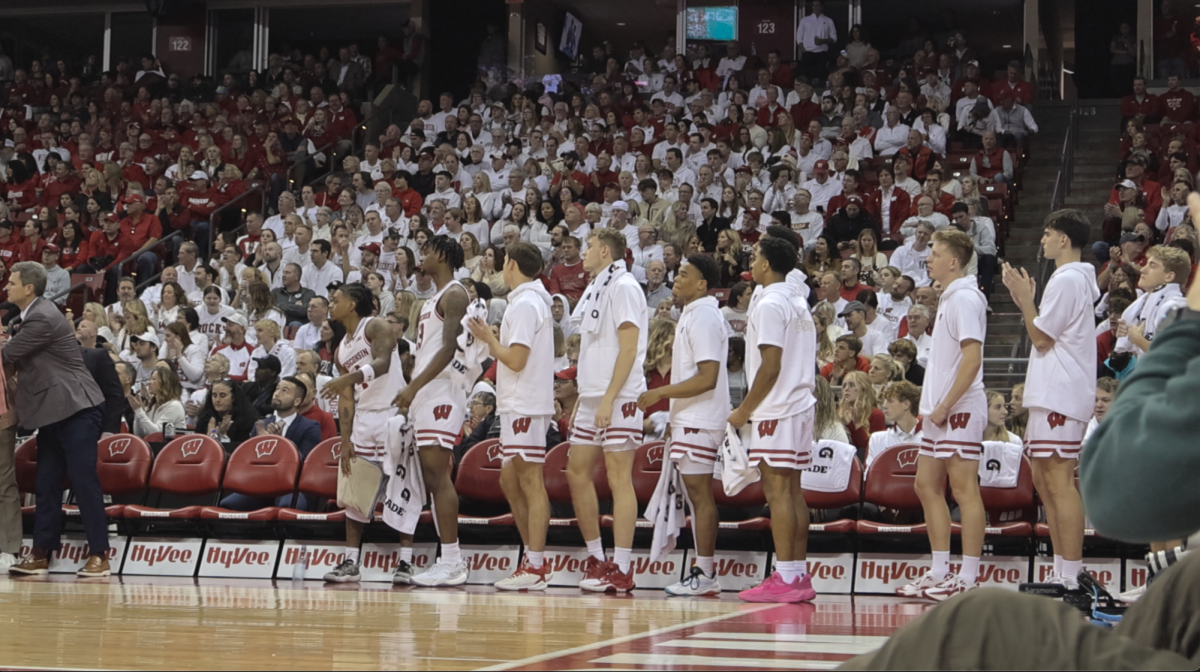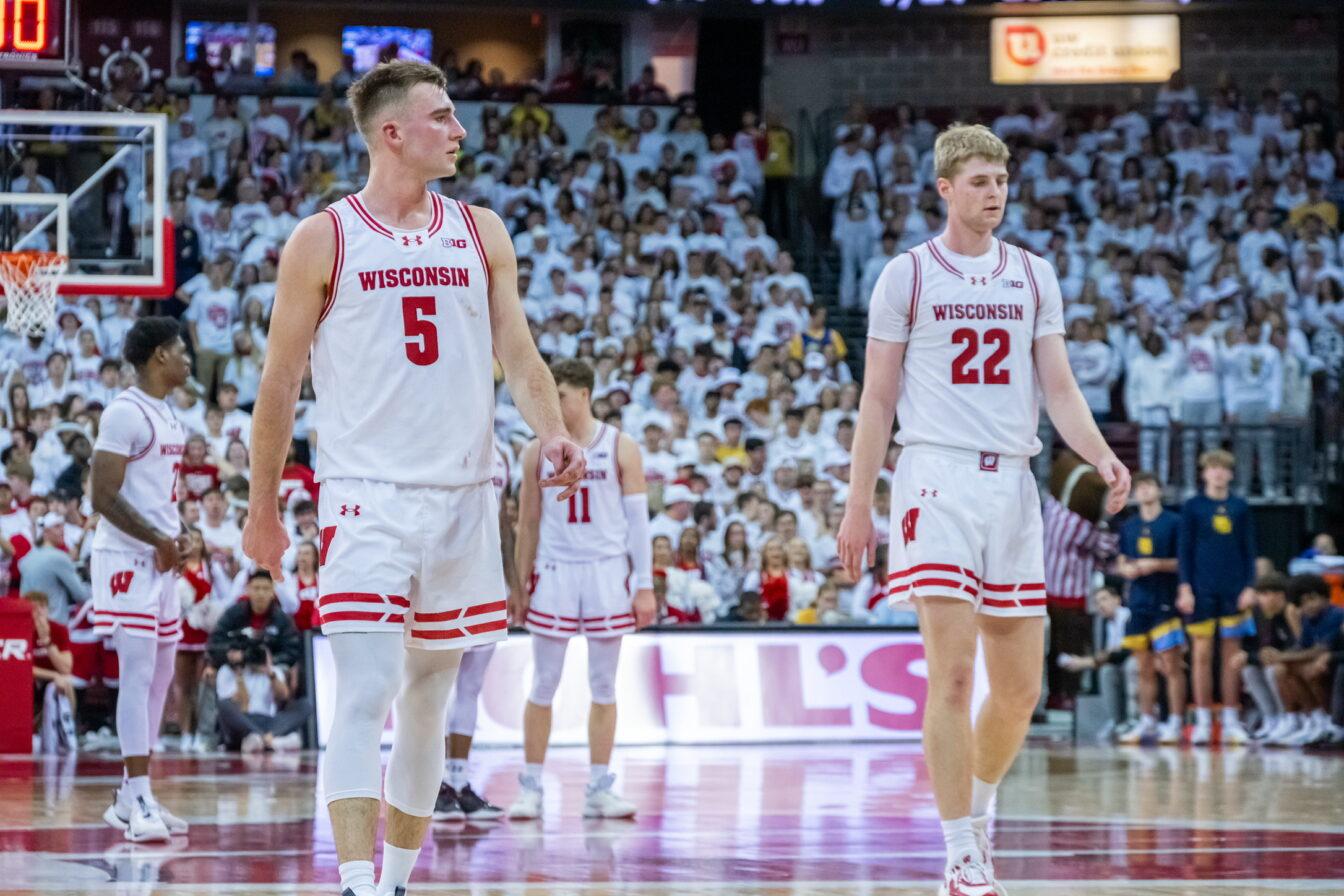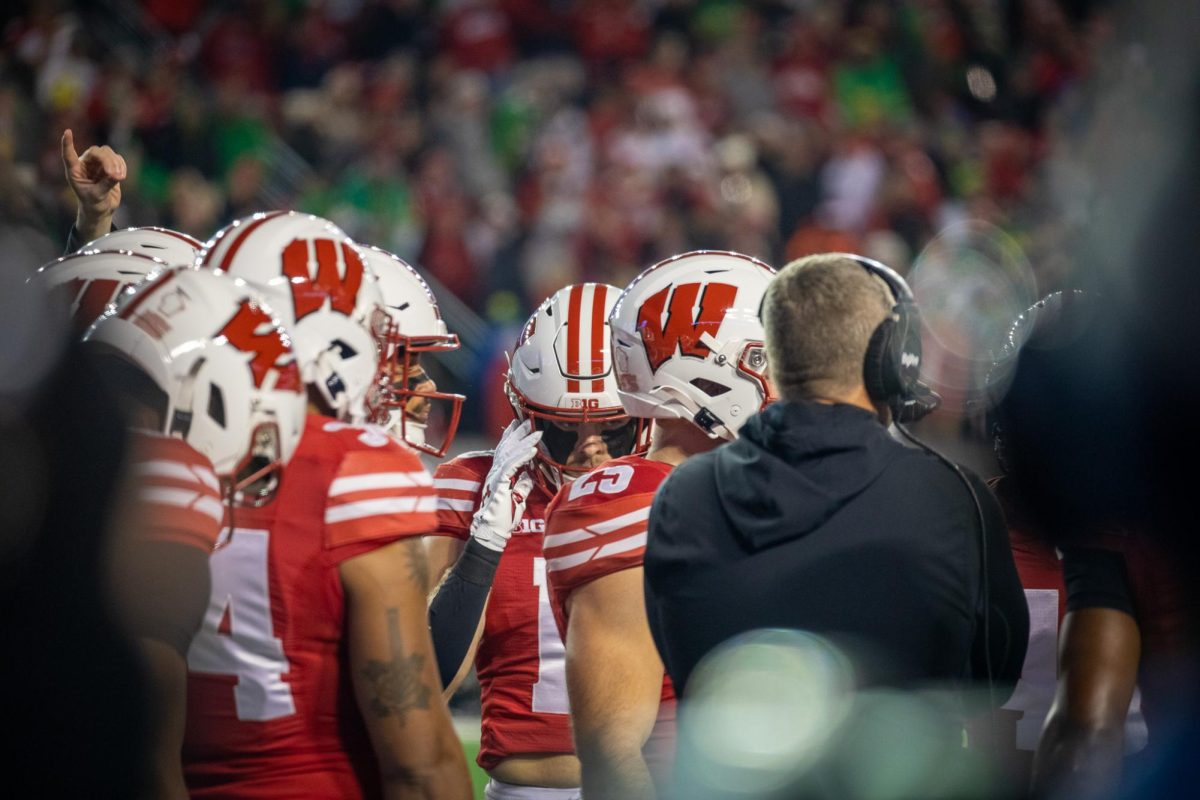The NFL Draft represents one of the most compelling paradoxes in sports.
It is widely acknowledged that for any professional football team to succeed, finding pieces both big and small fresh from the collegiate ranks is the No. 1 way to keep your record titled toward the left-hand column. Just look at the Washington Redskins, a poster-child for “winning” free agency every year and then losing when the games actually count. If you need further proof, just look at the Lions’ failed drafts under Matt Millen. Just trust me, you really, really, really need to score players through the draft.
It is also widely acknowledged, however, that the NFL Draft is a crapshoot.
And this isn’t just a clich? either. Based on my unscientific calculations from a three-year sample from the first rounds of the 2003, 2004 and 2005 drafts, 23 of these first rounders would qualify as stars, 38 would count as role players and 35 can be tagged as straight-up busts. Some may quibble with certain players on either lists, but the exact number is not important.
What matters is that this is a crazy discrepancy for what is supposed to be the easiest round in the draft.
Thirty-six percent of all players chosen in the very expensive first round end up being completely worthless, and wasting these picks often set franchises back years (See: Charles Rogers and Mike Williams). Only 23 percent live up to the billing as players to build around. The other 41 percent end up somewhere in the middle.
Now this is the point where I am supposed to make fun of scouts. And I do have one joke.
JaMarcus Russell.
But taken more seriously, this doesn’t seem to be the difference between good scouts for some teams and bad scouts for the Browns and Lions. No one team has dominated the draft year after year. Nobody has figured out a way to scout quarterbacks, the most important position in any sport. Although the results appear extremely mediocre, it is hard to blame the whole profession for sucking.
And herein lies the paradox. The NFL Draft remains the best way to build a winning team. The NFL Draft also remains completely unpredictable.
So what to do about this enigma? Some general managers probably invest more resources in scouting, figuring the more information the better. Others probably try scouring past drafts to look for subtle trends indicating future success for their soon-to-be rookies. Others probably just drink a lot more.
What is certain in all of these attempts though, is NFL general managers are looking for an edge, any kind of edge that will set them apart from the other 31 teams.
So let me offer up a humble suggestion.
Fire the entire collegiate scouting department. Clean house. Give them a nice severance package to prove you aren’t heartless, but let them know their services are no longer needed.
Why would a smart GM do this?
Because he has someone else just as productive as all of the scouts in the organization, only he can be employed for $6.95 a month.
He is of course, ESPN draft Guru Mel Kiper Jr.
Now, this isn’t an endorsement of Kiper’s scouting abilities. He is just as mediocre as any NFL scout out there.
But that is they key. He provides the exact same services. He is no better, no worse.
Looking at the same first round as before from 2003-2005, Kiper falls in line almost identically with NFL franchises. Of the 96 first round picks, Kiper had 88 percent of the rookies ranked in the top 30 players on his “Big Board.” Of the 12 percent he differed, Kiper suggested E.J. Henderson, Jason Witten, Eric Steinbach and Darnell Dockett would be smart first-round picks. NFL franchises disagreed. All five have proven to be pretty good professional football players.
So why pay a scouting department millions of dollars a year when Kiper provides the exact same pedestrian results? Even if you don’t like Kiper, there is young sidekick Todd McShay to help you out. Or Don Banks. Or Peter King.
Because it appears pretty obvious at this point scouting is little more than a guessing game. Look at a player’s college stats. Look at his combine results. Look at what Kiper/McShay are saying about him and that is all you probably need to know.
More importantly, with the money and time normally allotted to scouting freed up, NFL teams could employ these resources in a more effective manner — the edge every general manger is looking for.
Now I don’t know exactly where this newfound check worth several million dollars should go. Perhaps to more intensive coaching. Focus more on developing players already in your system than on players who might fit it. Hire a specific “rookies” coach to help ease them in to the pro game. Maybe the money should be given to a couple football geeks from MIT. Tell them to develop a gimmicky offense specifically tailored to your team’s personnel. The Wildcat gave the Dolphins a tremendous boost, so why can’t some computer nerds figure out a similar jolt of energy for your team?
Of course, this idea will remain just that — an idea. For the same reason coaches often punt on fourth-and-1 despite mountains of mathematical evidence suggesting going for it is usually the better strategy. General managers and coaches are much more concerned about not looking like idiots than trying anything it takes to win. They want to succeed, just in a conventional, criticism-free way.
Football scouting remains a mystery. Why fight it? Let Kiper do your work for you, and put the extra money and time to figuring out a way to improve your team next season while others are wasting time debating whether it matters if Jimmy Clausen is a cocky jackass.
Michael is a senior majoring in journalism. Think he is crazy? Let him know at [email protected].












